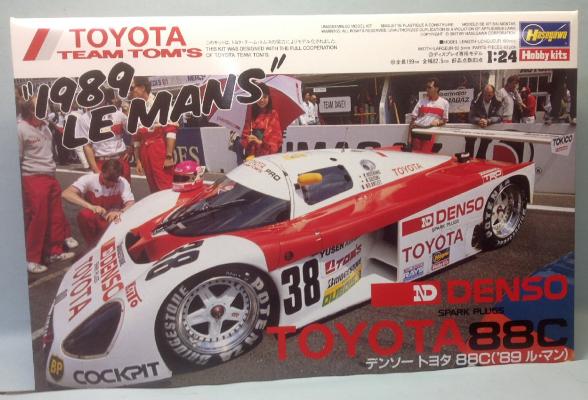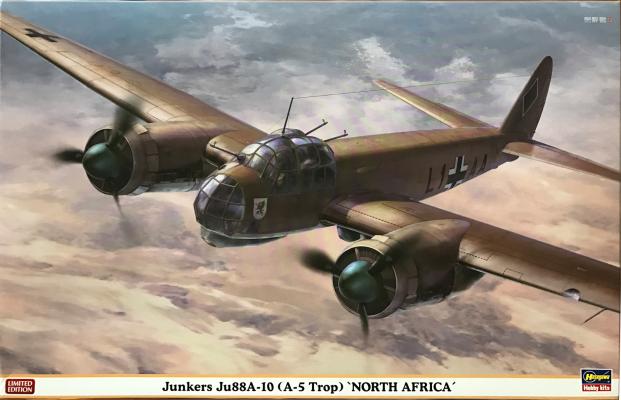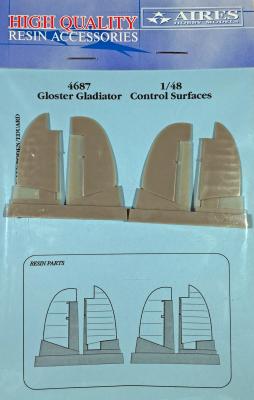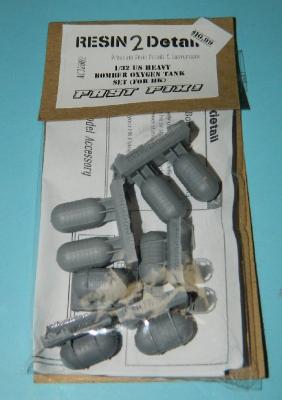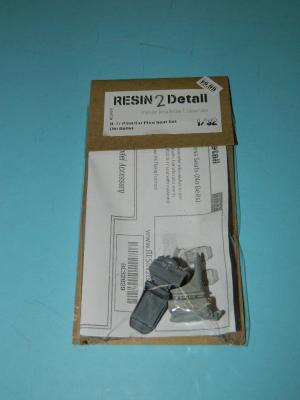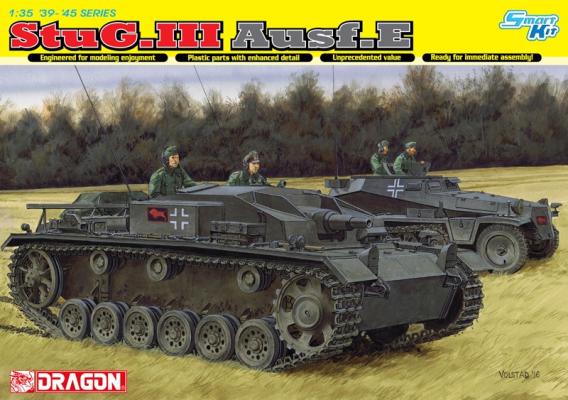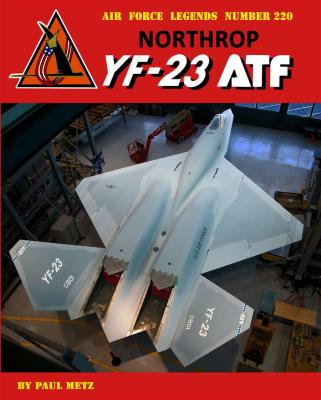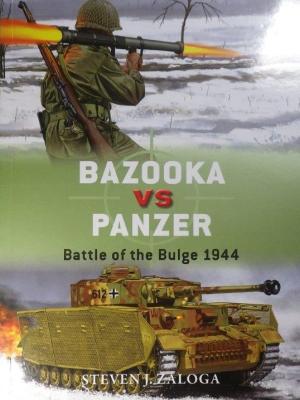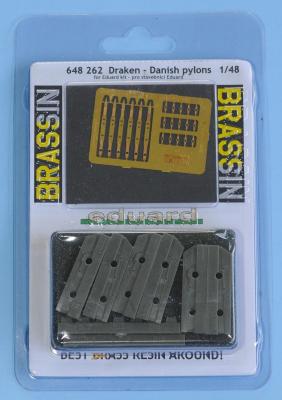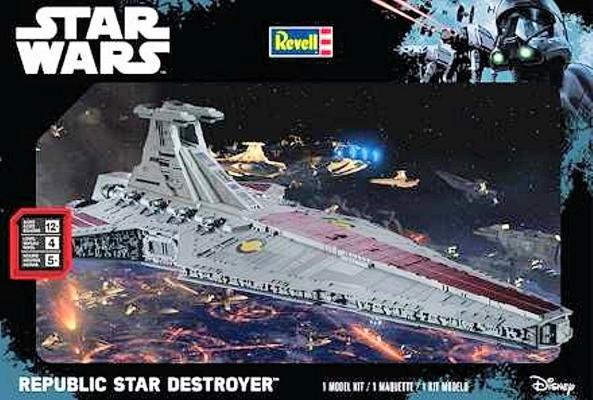This kit is a re-release from Hasegawa of the #38 Denso sponsored Toyota 88C that ran in the 1989 Le Mans race. The car finished in 53rd place and did not finish the race due to a crash. This is a curbside kit and has no engine or suspension details.
Kit
The kit comes packaged in the usual Hasegawa cardboard box and contains 1 bag of clear parts with the tire marking decal sheet inside and 1 bag of white parts with 4 rubber tires and polycaps separately bagged inside of it. There is a total of 7 sprues of white parts plus the chassis and body and 1 sprue of clear parts. All together there are 97 parts in this kit, although 14 of those parts are for other versions of the car. My kit had quite a bit of flash on the parts, but none that was difficult to remove. Just be careful to clean up the parts before assembly. There were also some ejector pin marks that will need to be taken care of or they will be seen.

